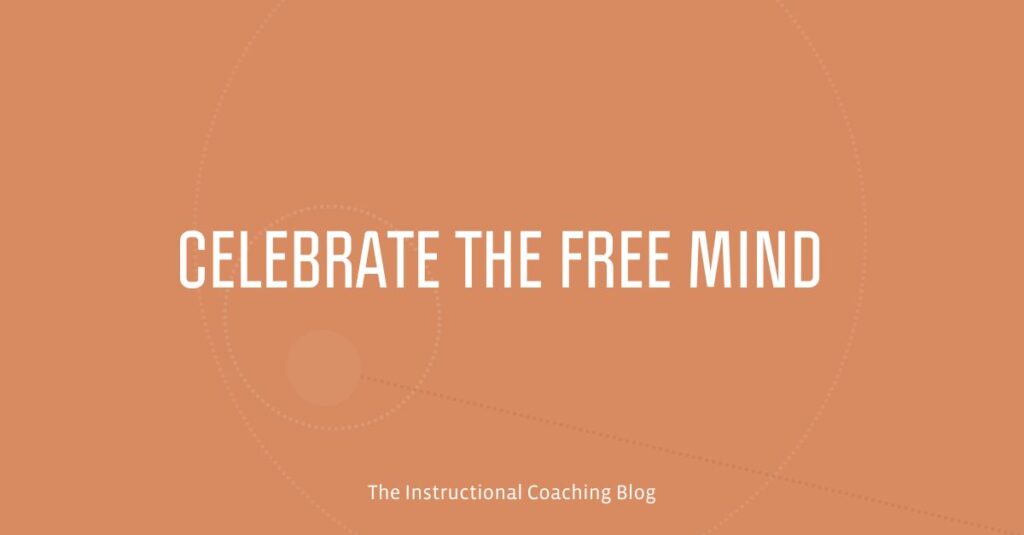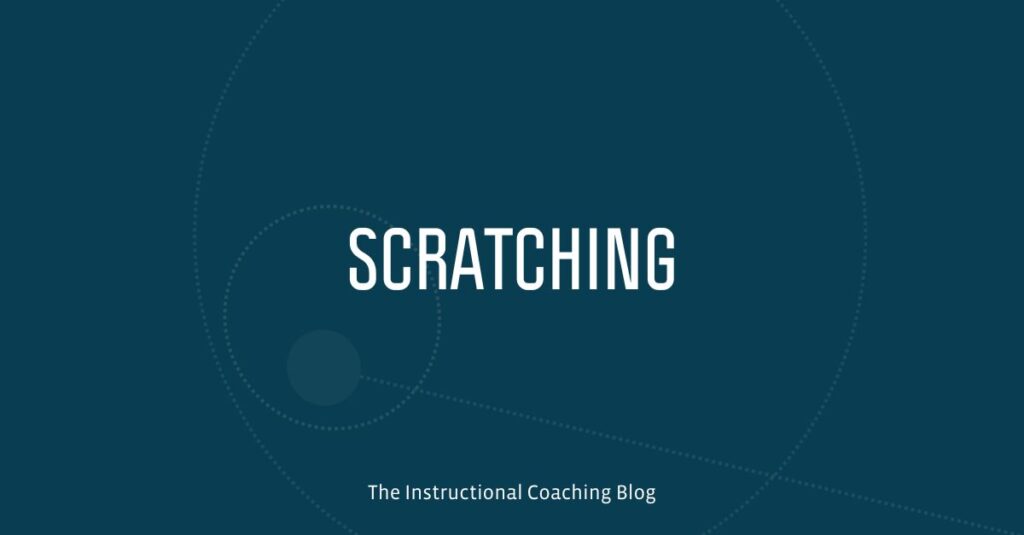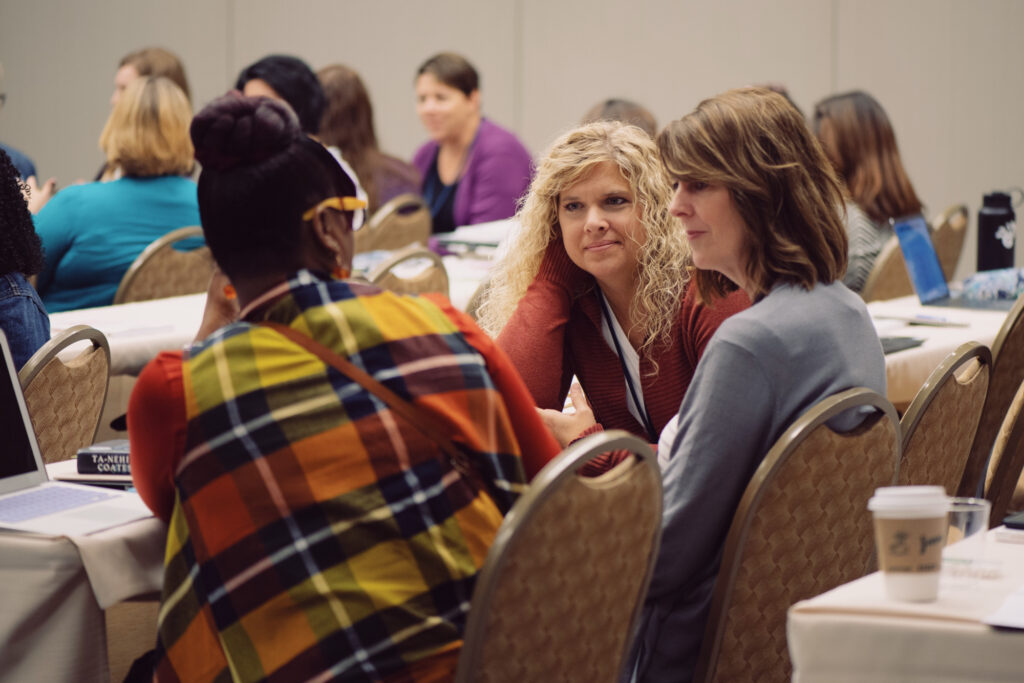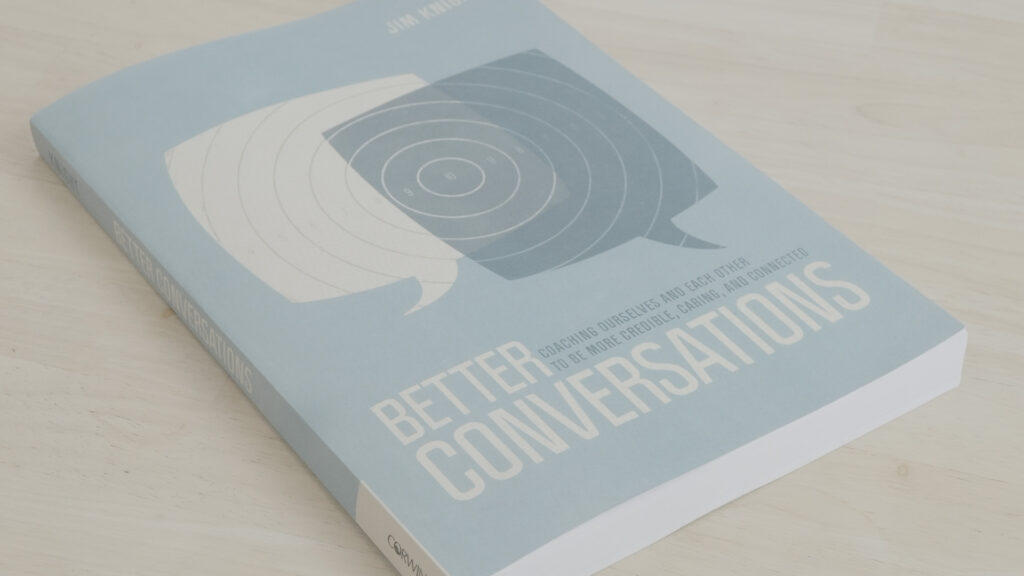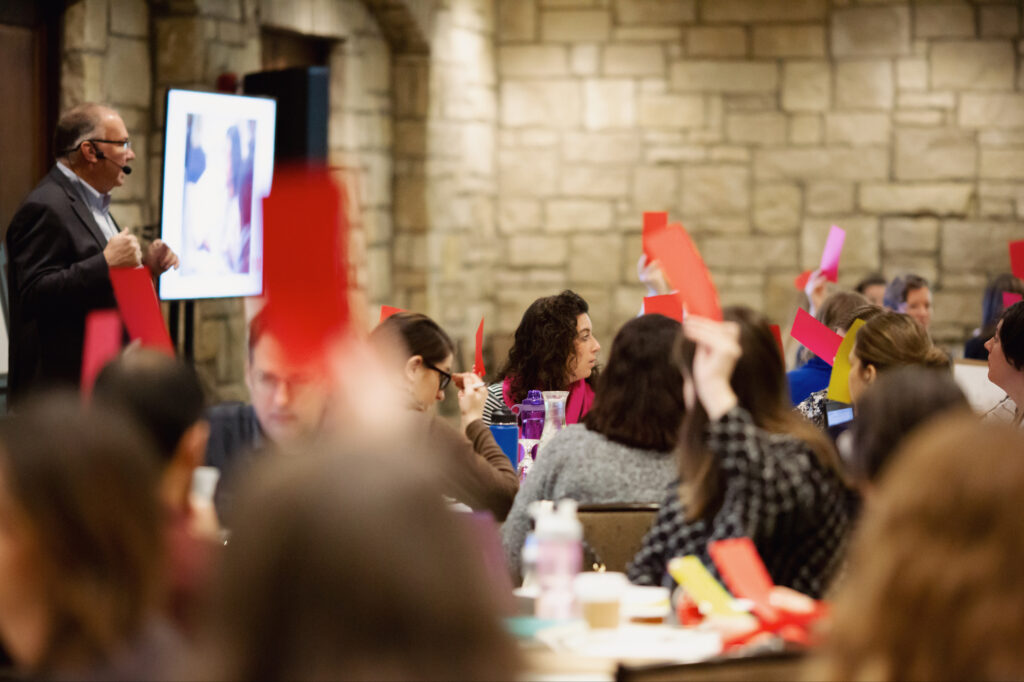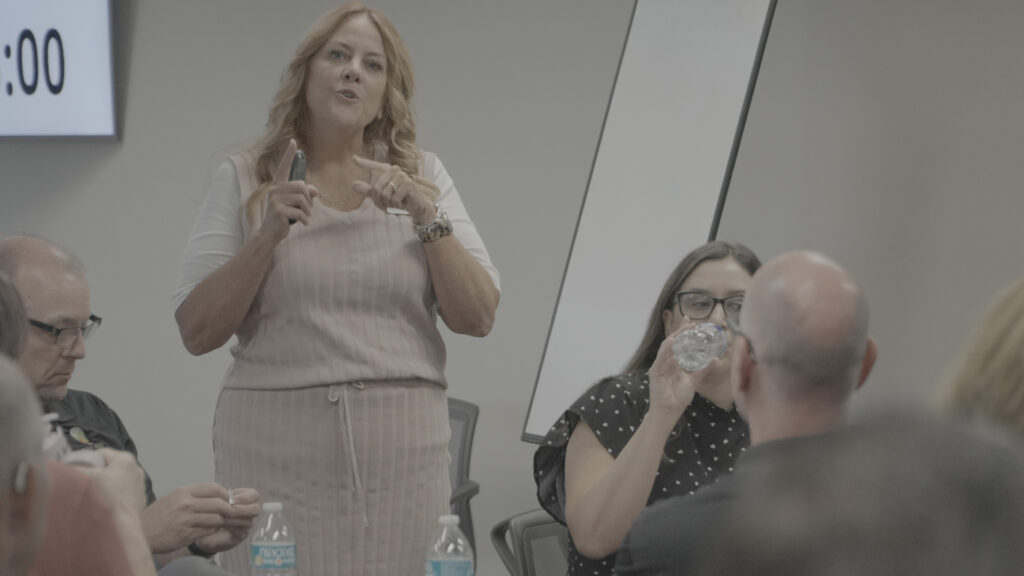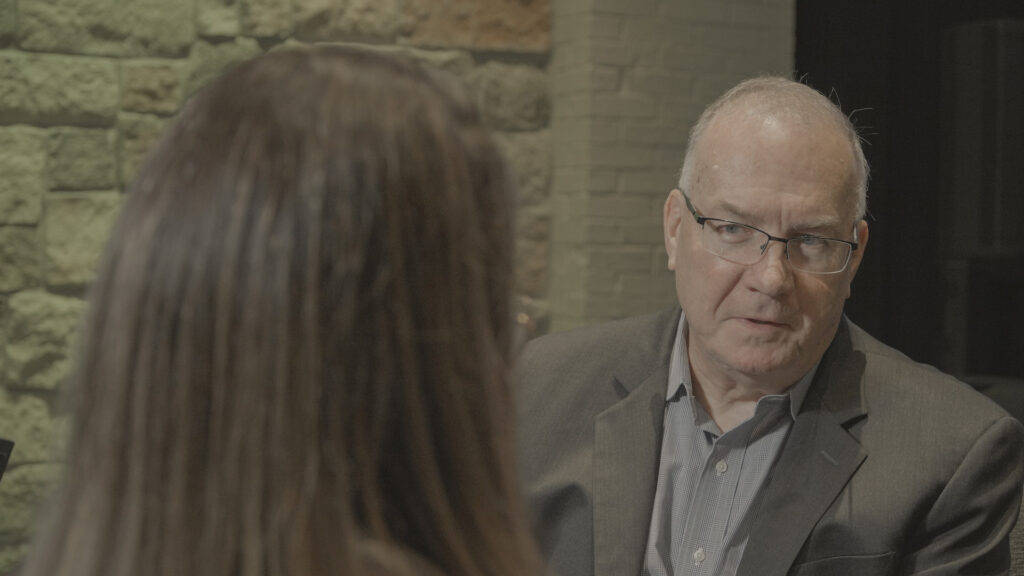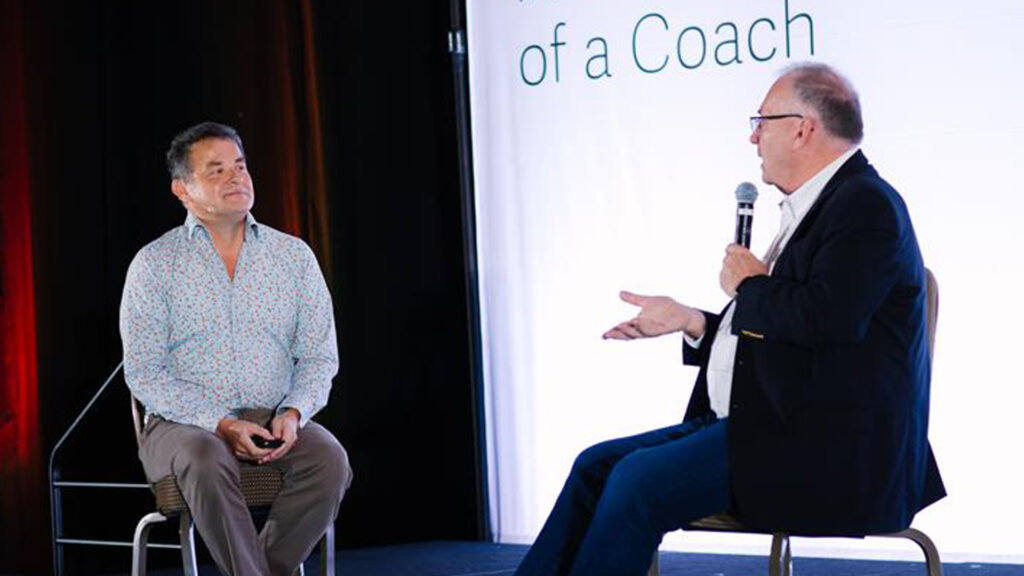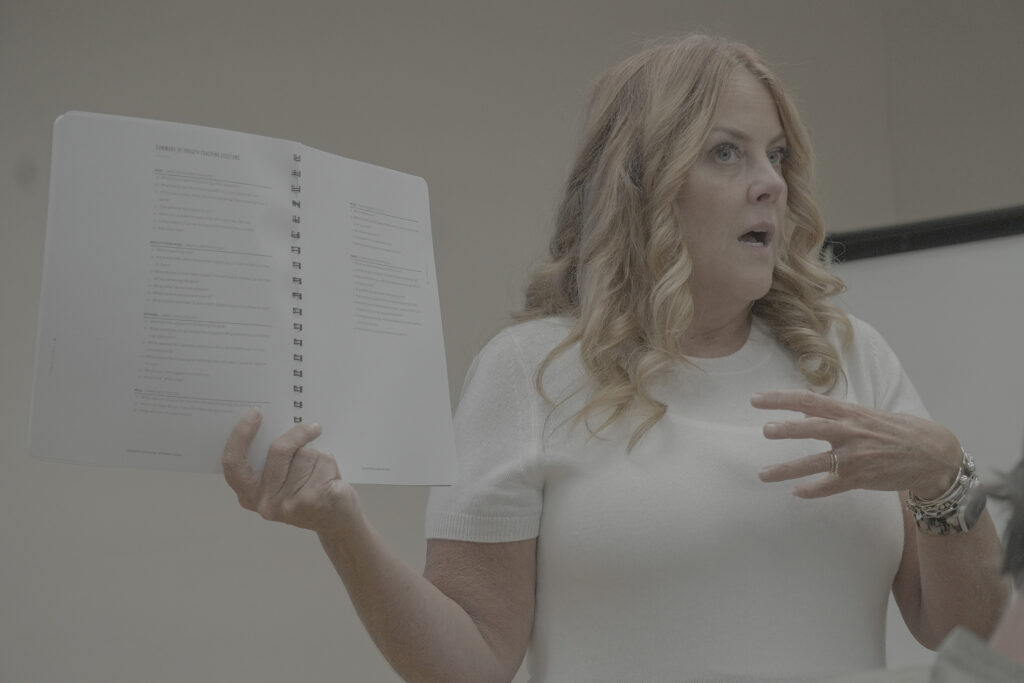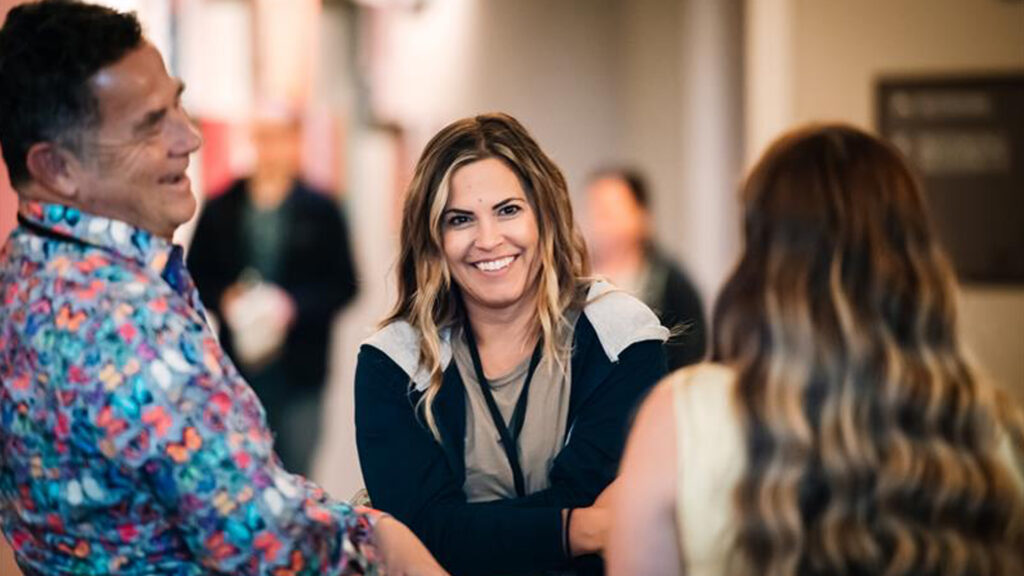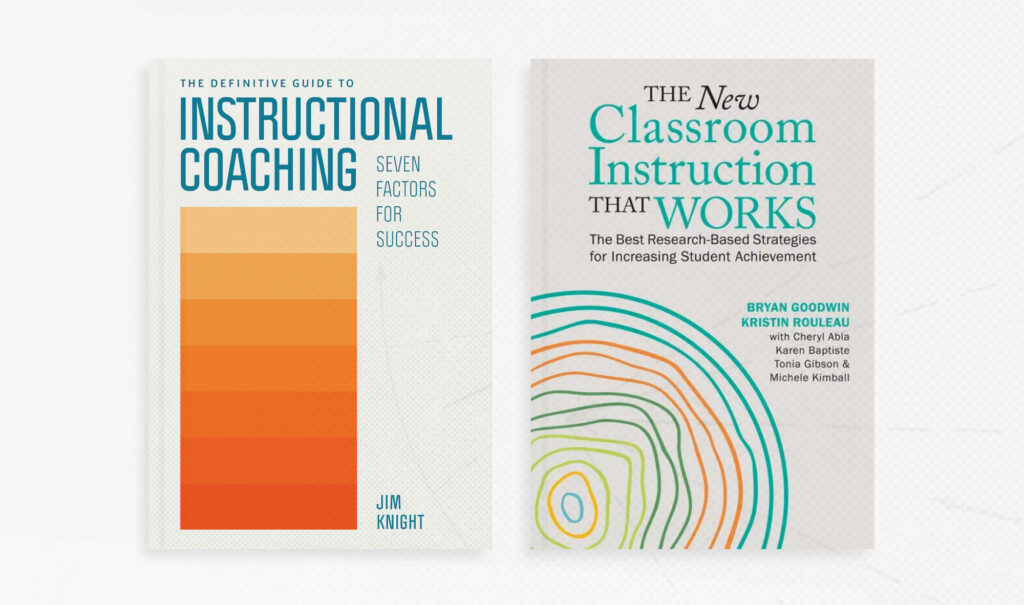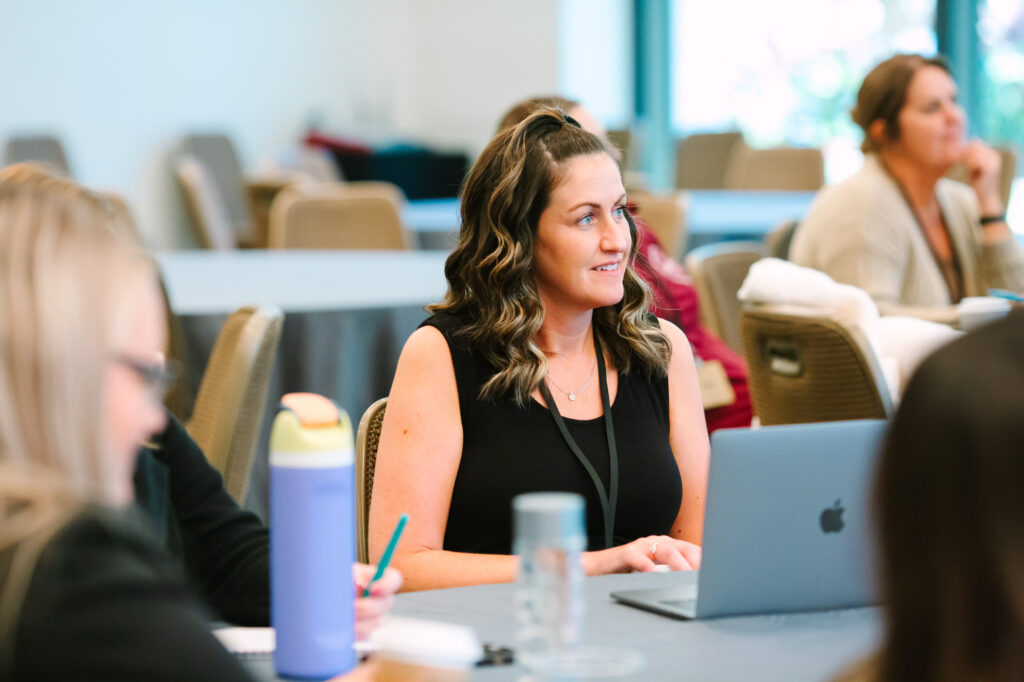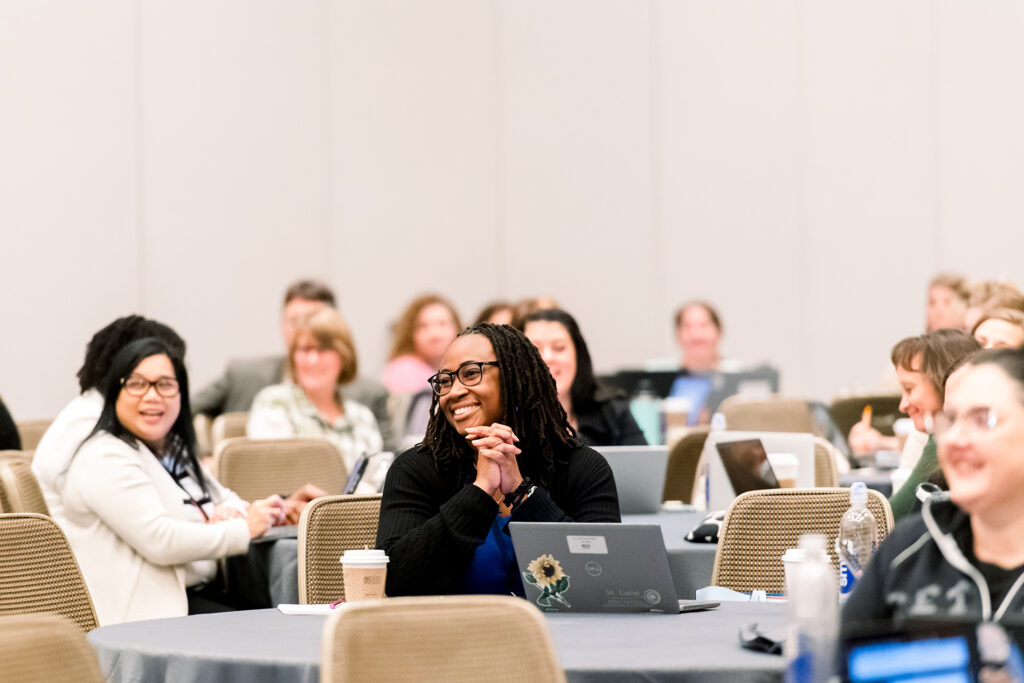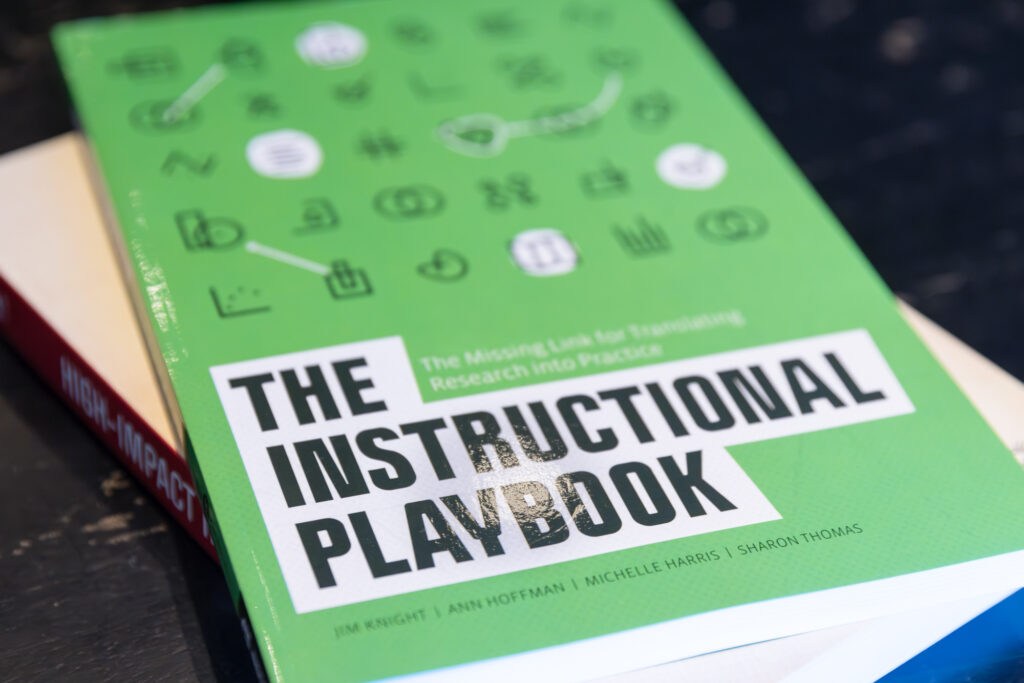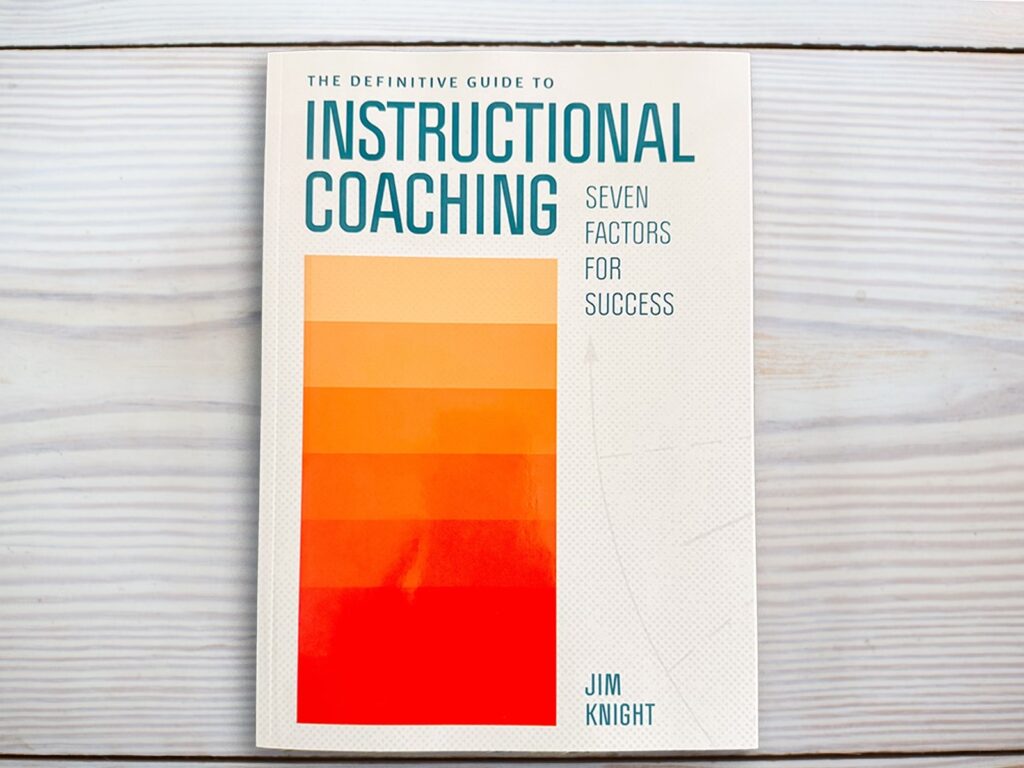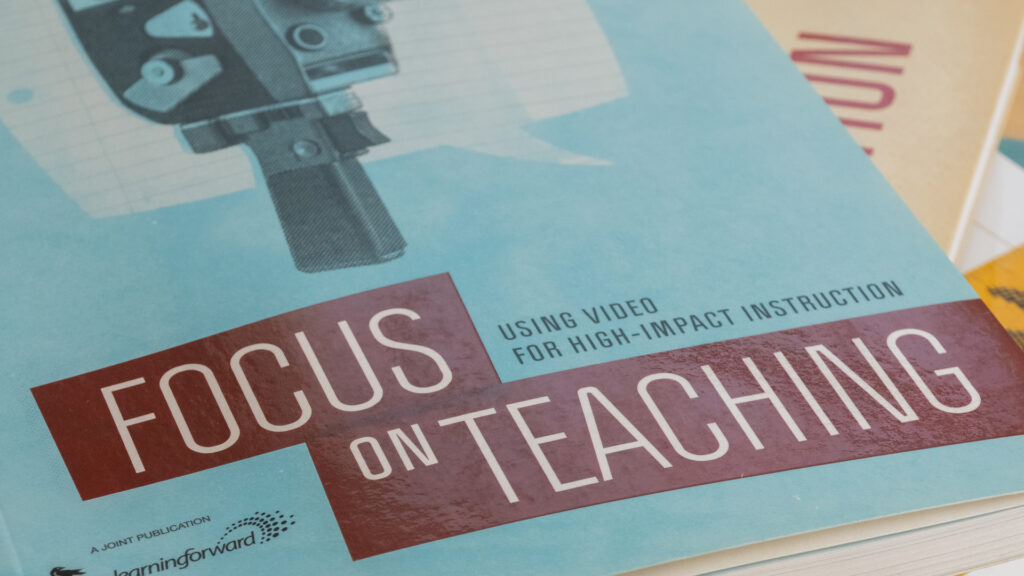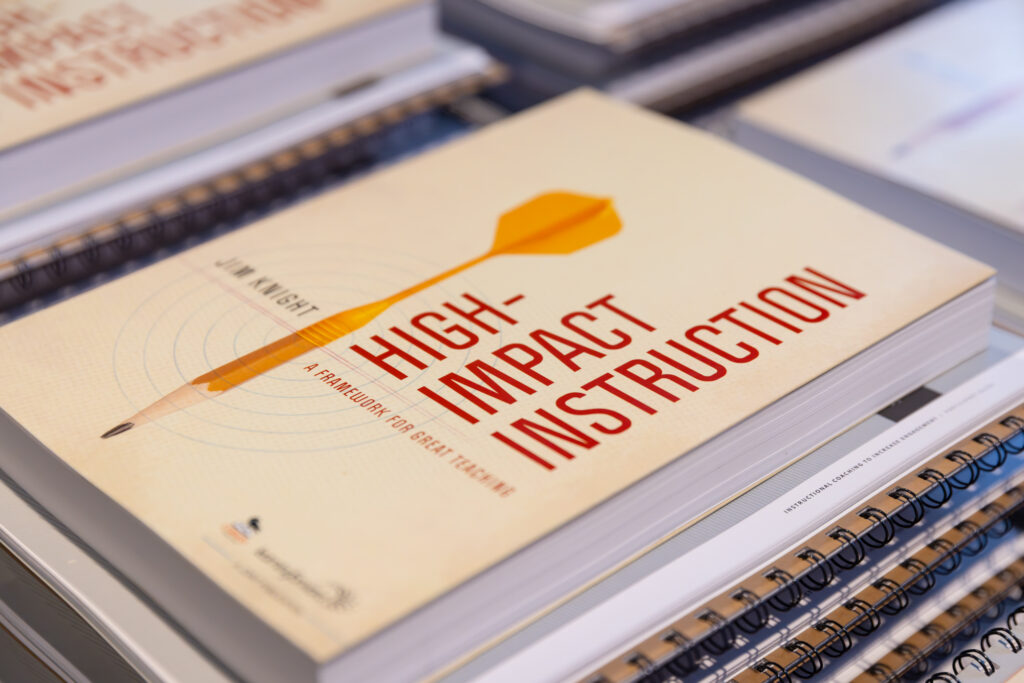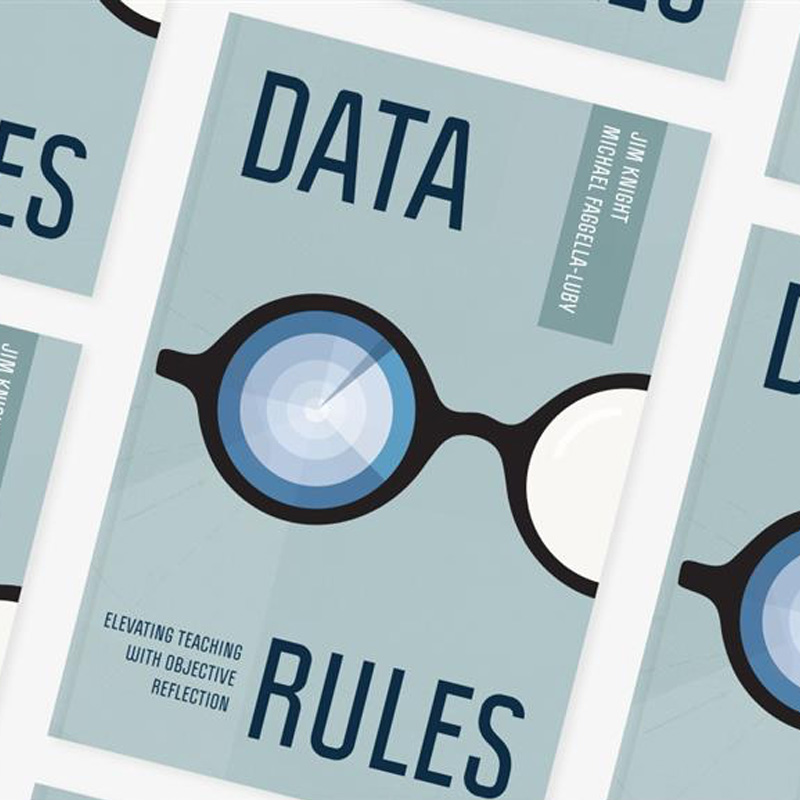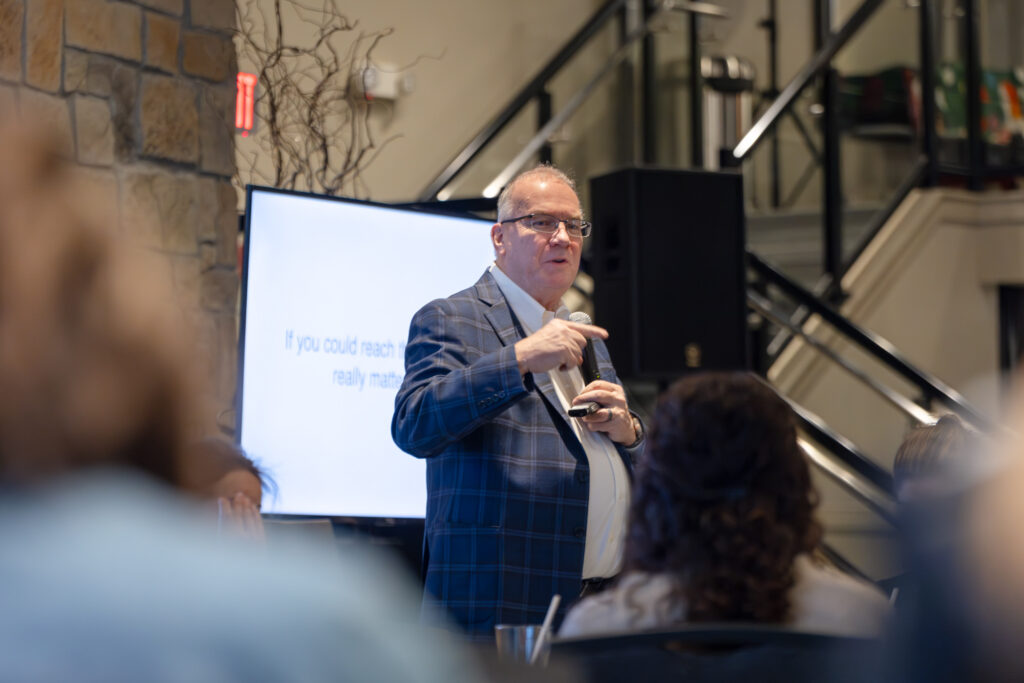Shame … is like an exposed nerve on a wisdom tooth, something to be avoided at all costs. The shadow of shame kills art. Seth Godin, The Icarus Deception: How High Will You Fly
Getting a clear picture of reality is an essential part of professional growth. When teachers look at video of their lessons or review their students’ work, they can identify professional learning goals and plans that can have a real, positive impact on students’ learning experiences. And clearly understanding current reality, as Robert Fritz and Peter Senge have explained, is a critical part of the creative tension that stands at the heart of growth.
Senge writes:
The juxtaposition of vision (what we want) and a clear picture of current reality (where we are relative to what we want) generates what we call “creative tension:” a force to bring them together, caused by the natural tendency of tension to seek resolution. The essence of personal mastery is learning how to generate and sustain creative tension in our lives.
Teacher observation, therefore, should be a good thing — a way to set up the creative tension Senge describes. Unfortunately this is not always the case. When teacher observations are used solely to show what teachers have done wrong and point out their deficiencies, observations can actually make things much worse, rather than better.
I saw this first-hand in a large US school district where I was invited to lead a workshop on effective teaching. I was asked to present to an entire faculty in a middle school that was at the heart of a high-poverty urban community. Before I gave my presentation, an important person from the central office stopped in to address the group. “I have looked at the scores for your school,” he said. “They’re not bad scores. Do you know what they are? They are shameful scores. You should be ashamed of these scores. We’re not going to fire you,” he said. “There are worse things than firing.” And then, I suppose, to ensure that the group would listen to my presentation, he said, “Now here is Jim Knight to tell you what you need to do.” That was my introduction. How enthusiastic do you think the teachers were about embracing the ideas in my presentation?
The truth is they were so overcome with emotion, they probably didn’t hear much of anything I said. But what they did hear, they hated. Yes, they might implement the practices to comply and keep their jobs, but they didn’t implement the practices out of love. They did so out of fear and shame, and no doubt their students felt that same fear and shame in their classrooms when their teachers did what they felt they had to do.
There are at least two ways of looking at teacher observations. One way is to try and motivate teachers, as this administrator tried to do, by shaming people to act. In The Icarus Deception, Seth Godin explains how shame can be a soul killer, and destroy the creative imagination at the heart of any artist:
When those in power use shame to bully the weak into compliance, they are stealing from us. They tell us that they will expose our secrets (not good enough, not hardworking enough, not from the right family, made a huge mistake once) and will use the truth to exile us from our tribe. This shame, the shame that lives within each of us, is used as a threat. And when those in power use it, they take away part of our humanity.
An alternative to shaming teachers is to start with the assumption that most people actually do want to do what is best and learn. No doubt, teachers who have experienced years of soul-crushing evaluations and compulsory, top-down professional learning will struggle to trust others when those others start to treat them as partners in their own development.
But, my experience has shown, when teachers are authentically respected, they embrace real learning opportunities. If teachers are offered meaningful choices, if their knowledge and expertise are acknowledged, if teachers have a voice in what they do, and if they are partners in developing their professional learning, they will blow you away with what they can do. (I have written about a partnership approach to professional learning in Unmistakable Impact.)
Shame might get teachers to comply, but shame doesn’t inspire teachers to passionately and imaginatively strive to do their best for students.
This, then, is the question: What kind of teachers do we want for our children? Do we want teachers who use every ounce of their creative imagination to reach their students, or do we want teachers who are shamed into complying with decisions they had no part in?
We know what we want. How we use teacher observation data and teacher evaluation has a huge impact on what we get.

